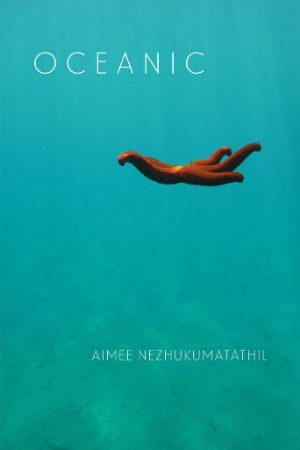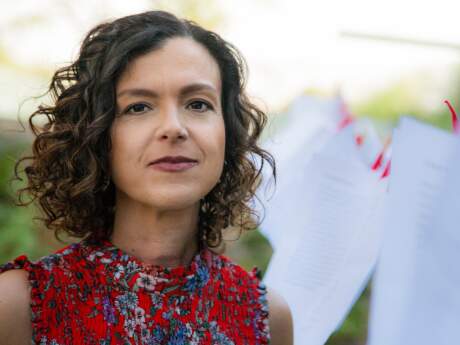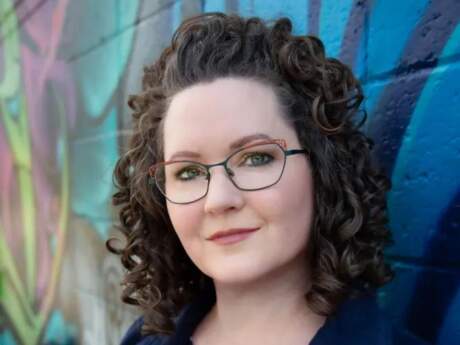In Their Own Words
Aimee Nezhukumatathil on “In Praise of My Manicure”

In Praise of My Manicure
Because I was taught all my life to blend in, I want
my fingernails to blend out: like preschoolers
who stomp their rain boots in a parking lot, like coins
who wink at you from the scatter-bottom of a fountain,
like red starfish who wiggle a finger dance at you,
like green-faced Kathakali dancers who shape
their hands into a bit of hello with an anjali—I tell you,
from now on I and my children and their children
will hold four fingers up—a pallavam, a fresh sprout
with no more shame, no more shrink, and if the bright
colors and glittered stars of my fingertips scare you,
I will shape my fingers into sarpasirassu—my favorite,
a snake—sliding down my wrist and into each finger:
just look at these colors so marvelous so fabulous
say the two snakes where my brown arms once were.
See that movement near my elbow, now at my wrist?
A snake heart can slide up and down the length of its body
when it needs to. You'll never be able to catch my pulse, my shine.
From Oceanic (Copper Canyon Press, 2018). All rights reserved. Reprinted with the permission of the author.
On "In Praise of My Manicure"
I probably need tell no one that growing up in predominantly white towns, the first day of classes was always a source of strife for me when I anticipated my last name called out. I became a master of the forced/pained smile, making sure everyone (most of all the teacher) was comfortable with (and in spite of) my discomfort. I too made jokes about it, laughed along when teachers made fun of it, and when others shortened it. I just wanted to blend in after all. I'd never speak of my heritage, never showed my friends pictures of the dramatic and intense classical dance of Kerala (where my father is from) called Kathakali that I loved and kept hidden away in books and magazines I never showed anyone.
In this traditional dance form that hails from southern India in the 17th century, the colors, the facial expressions, the costumes are all audacious—part of the whole point is for audience members even in the way back of a theater to be able to witness the emotions and drama and comedy of the story-play.
But now it is 2018, when we have people in our government who think difference is something to fear or ridicule, or worse yet—to enact hurtful laws against—and I have two young sons who watch quietly when grown ups (who ought to know better) make jokes of my last name and my sons study my face now to see how I react. And it is 2018 and maybe I could take it and smile a strained smile before, but not now, not in front of my children. What lesson does my silence teach them, after all?
There are twenty-four mudras (hand shapes) throughout this Kathakali dance form and the snake gesture became the perfect vehicle to show why, I stopped laughing along with the purposeful mispronunciation of my beautiful name, stopped caring if people felt uncomfortable when I called people out for making jokes when introducing me. The metaphor of a manicure may in fact seem superficial, but I wear bright colors very purposely, to remind me I can turn my arms, my fingertips into snake eyes, ever watching, never apologizing—if I want to.



